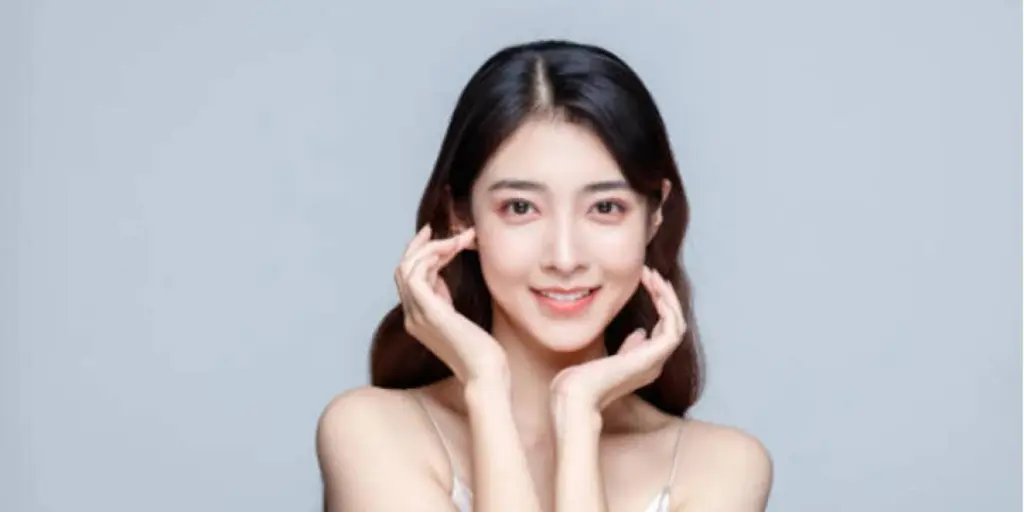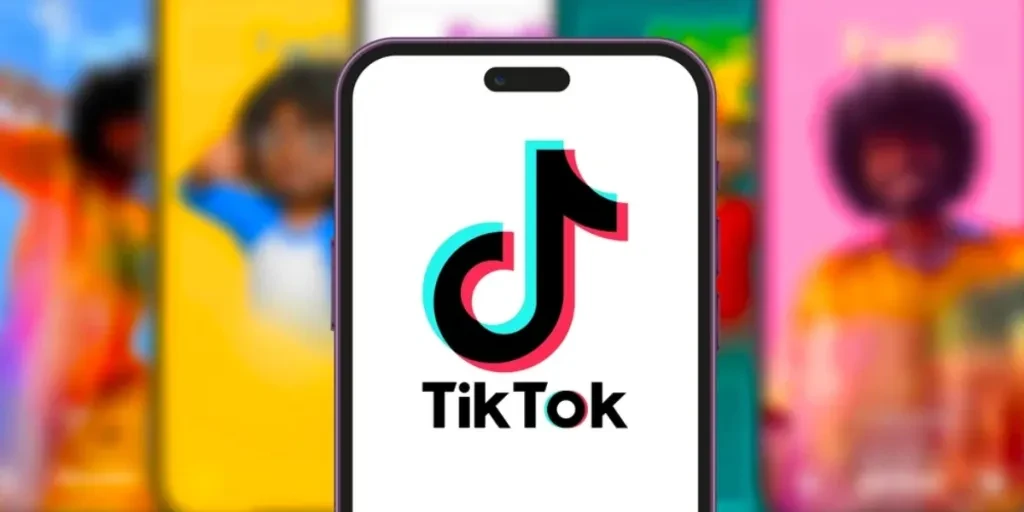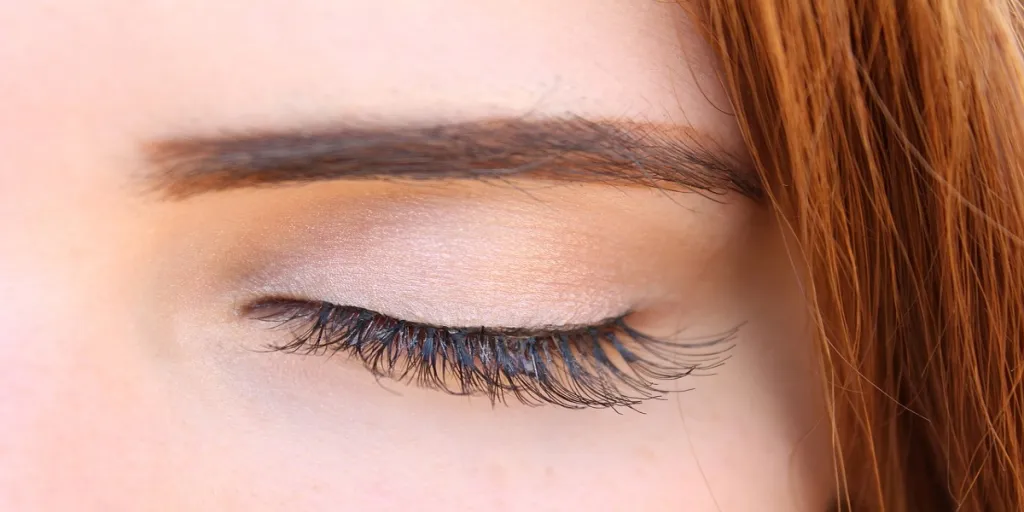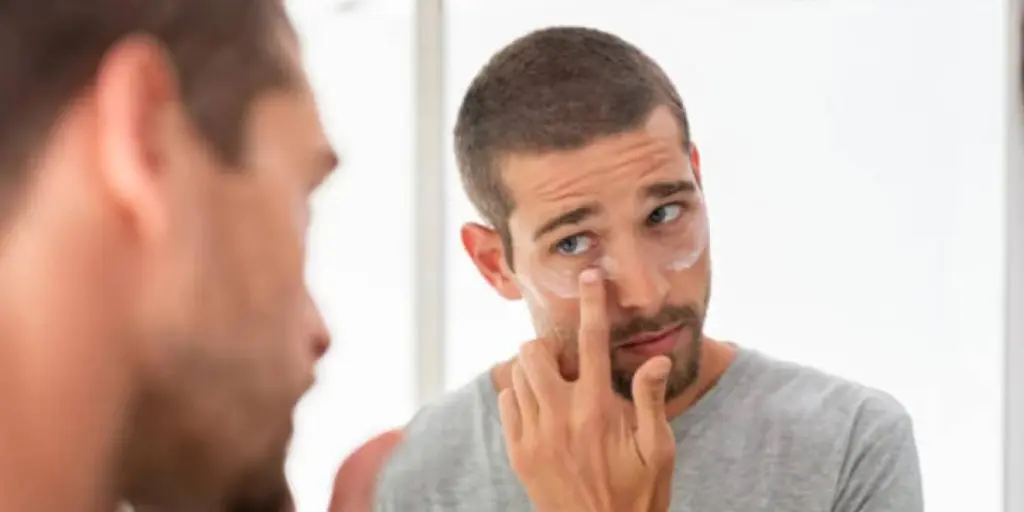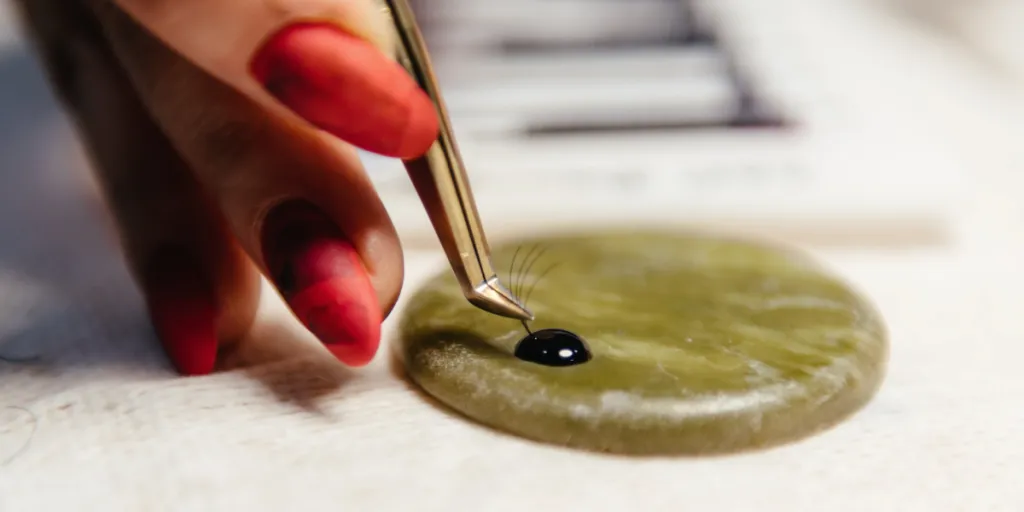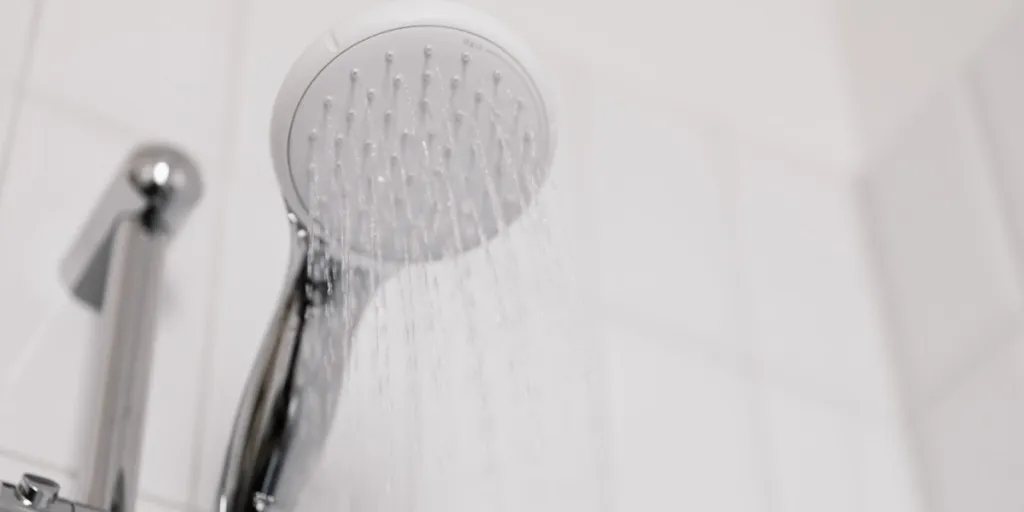China’s functional beauty sector sees meteoric growth, covering skincare along with color cosmetics and personal and body care. Fueled by sophisticated routines and concerns like pollution and mask-wearing, the C-derm category balloons 29% annually, reaching over $8 billion by 2023 per projections. Beyond clinical solutions for urban skin woes, Chinese consumers want the fun factor, leading brands to embed Internet culture and memes into engaging product stories. The market also expands into anti-aging as beauty ideals shift. Brands able to balance scientific formulations with Gen Z-friendly spins are poised to seize opportunities.
Table of Contents:
1. Scientific substance over style
2. Precision beauty formulas
3. Clinical goes playful
4. Broadening anti-aging appeal
5. Final words
Scientific substance over style
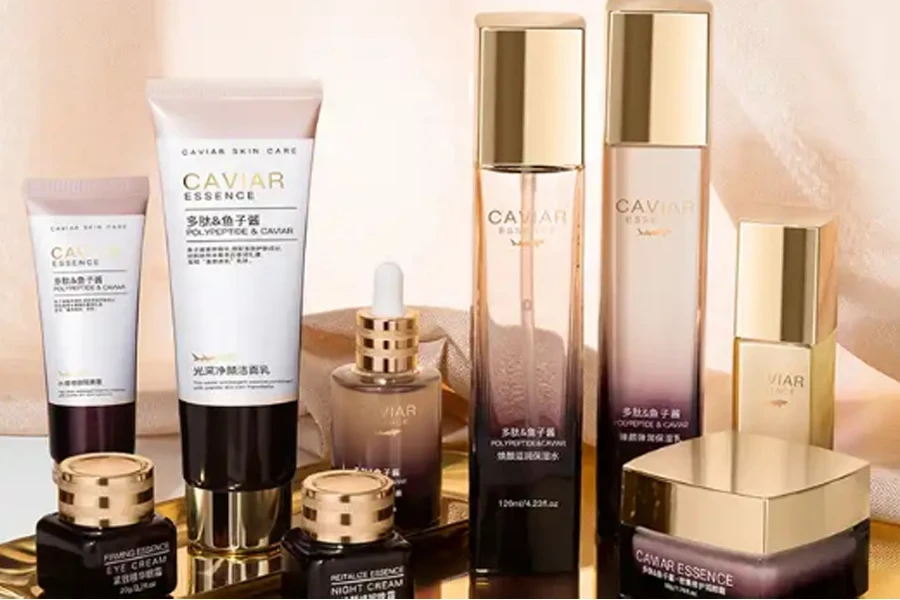
Chinese skinvestors increasingly prize actual performance over buzzy ingredients when assessing C-derm products. Call it the rise of the evidence geeks. These amateur scientists want to see formulas backed by measurable results, clinical trials, and hard data instead of following fleeting trends.
Brands respond with actives targeted to skin needs and concerns. Sensitive skincare brand WINONA draws on traditional Chinese medicine, using herbs like physalis calyx and paeonia root bark with published research demonstrating efficacy for aging and sensitive skin. Other brands tap bioengineered ingredients for better bioavailability and sustainability. Human-like collagen brand Collgene claims its lab-created collagen outperforms other sources in compatibility and abundance.
Ingredient scarcity also propels the shift from natural to nature-identical and sci-tech alternatives. Sourcing rare botanicals strains supply chains while potentially damaging fragile ecosystems. Educating consumers on sustainable, lab-crafted ingredients can overcome perceptions. For its Soothing Cleansing Balm, TIMAGE keeps its formula to 16 ingredients or less, all proven gentle, effective, and allergen-free.
While exciting novel ingredients grab attention, Chinese skinvestors ultimately care about overall performance. Transparency on sourcing, scientific backing, and environmental impact is now vital. Formulas showcase hero ingredients but shouldn’t overwhelm with superfluous actives that dilute results.
Precision beauty formulas
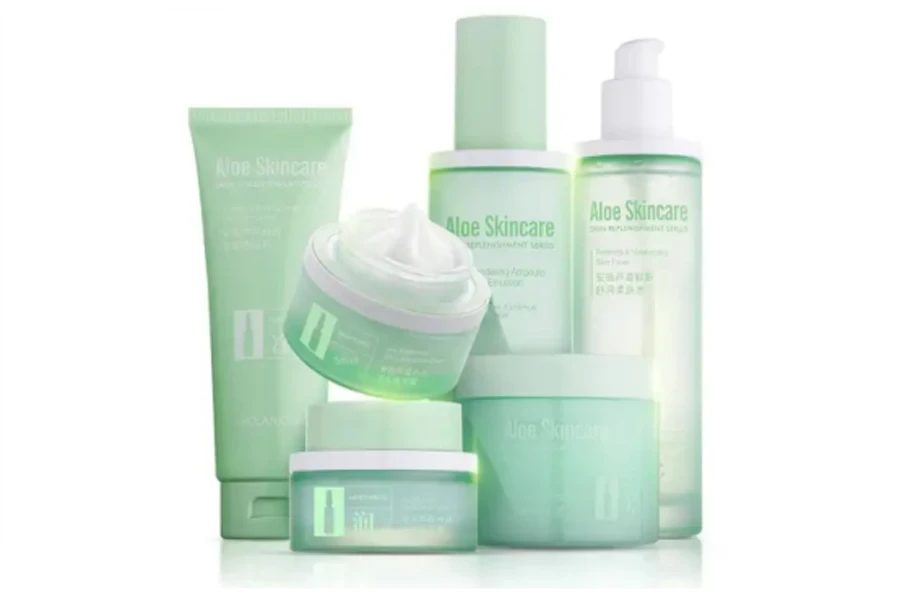
Beauty brands can no longer treat Chinese skinvestors as passive consumers, but must engage them as scientific collaborators. These devotees dig into the calculations and lab methodologies behind their cosmetic products. Key trends include multi-phase delivery systems, active ingredient micro-encapsulation, and mimicking natural skin structures.
Luxe skincare brand PMPM uses a patented four-to-one water-to-oil ratio in its hero serums to reflect skin’s natural water and fat composition. The textures enable deeper penetration paired with time-release of water-wrapped microbeads containing key ingredients. Over in color cosmetics, foundations and concealers spotlight high-performance applicators and builds. JudyDoll’s cloud-touch cream foundation employs an ultra-fine 0.2 micron powder for a seamless, second-skin finish.
Applications like augmented reality and skin diagnostics are also leveling up. Joocyee developed its inclusive foundation and face palette shades via an AI facial scanner and Chinese skin tone database. Such rigor resonates with skinvestors who take a near forensic interest in product development.
While clinical precision is expected, aesthetics still matter in beauty. Packaging and textures should align to formulas, enabling precise routines. See how pipette droppers, airless pumps, and twist-click pens figure prominently in new product launches. Ingredient stories andwomen further to life.
Clinical goes playful
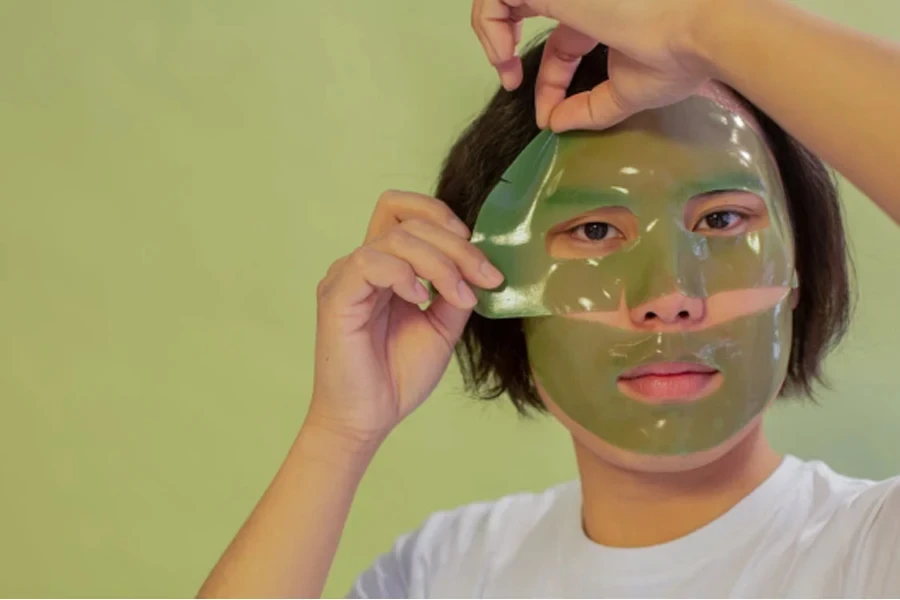
While Chinese skinvestors dig into the science, fun should still anchor every formula. Beauty brands increasingly fuse clinical precision with playful spins to win over Gen Zers and in-betweeners. Product philosophies embed Internet culture, memes, and interactive experiences without sacrificing results.
See how Aprumu supplements its sensitive skin formulas with neon packaging and cute cartoon mascots. The brand presents complex topics like inflammation triggers in comics-inspired graphics, avoiding jargon. Over at Peterson’s Lab, its Anti-Wrinkle Lip Cream collaborates with internet meme star Pepe the Frog, right down to collectible themed bottle caps. Users can even join Pepe on a digital adventure game while learning about the product.
L’Oréal China gets in on virtual idols through mascot Mr. Ou, a handsome French-Chinese avatar presenting ingredient spotlights and skincare advice. His videos draw in millions of followers on social media, helping establish the brand as an approachable authority for Gen Z.
Brands blend ingredients science with lifestyle and cultural issues close to younger Chinese consumers. Those overlooking fun elements risk being seen as outdated or irrelevant. The sweet spot? Leverage memes and virtual characters while speaking genuinely to modern concerns like sleep health, screen time exposure, and self-esteem. Treat youthful audiences like the beauty experts many aspire to become.
Broadening anti-aging appeal

Skinvestors increasingly see beauty as skin deep, demanding anti-aging formulas that smooth and plump beyond facial features. From lips and hands to hair and body contours, Chinese consumers scrutinize signs of aging across different touchpoints.
Eye creams remain a staple, but targeted serums now address areas like the neck, décolletage, and nasolabial folds. SimplyThis offers an eye and lip contour cream to specifically minimize wrinkles and lines around the eyes, lips, and smile lines where aging first appears. We also see more products tailored to modern lifestyle factors and beauty bugbears.
Late night screen exposure is the impetus behind MONSTERCODE’s Midnight Oil serum powered by patented ingredient Synchrolife. The brand touts resetting skin’s circadian rhythms and reversing premature aging inflicted by blue light devices. Over on Douyin, hashtags celebrate slender, delicate “manga hands” as the emerging ideal — driving demand for youth-preserving creams and spot treatments.
While facial care garners lots of play, body care sales surge on Tmall. Body lotions now multitask as anti-agers and barrier helpers. Hair loss treatments likewise gain traction as consumers worry over aging locks. Brands able to sync skin science with modern lifestyle realities and influencer-driven beauty standards can carve out loyal audiences spanning generations.
Final words
The C-derm boom reshapes China’s beauty landscape with skinvestors who dig into the science and Gen Zers hooked on function with fun. Online retailers must lead with meticulously formulated hero ingredients in transparent formulas while embedding social currency through meme marketing. Extend into adjacencies like scalp care and body creams riding anti-aging and skin barrier trends. The Middle Kingdom offers outsized rewards for those who get the next-gen mix right. We hope this high-level overview sparks creative ideas to crack the code on China’s explosive C-derm category.
